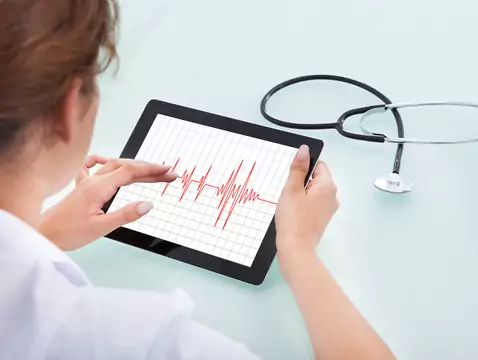A gastrectomy is a surgical procedure for the total (total or total gastrectomy) or partial (subtotal gastrectomy) removal of the stomach. It is a form of surgical treatment of gastric cancer, a salvage procedure in severe forms of peptic ulcer disease, especially complicated by perforation, in gastric bleeding that is difficult to control by other means (mainly endoscopic). Due to its complex functions in the human body, gastrectomy is associated with numerous consequences, requiring the patient to be disciplined in the post-operative period and to change their lifestyle.
Ad:









